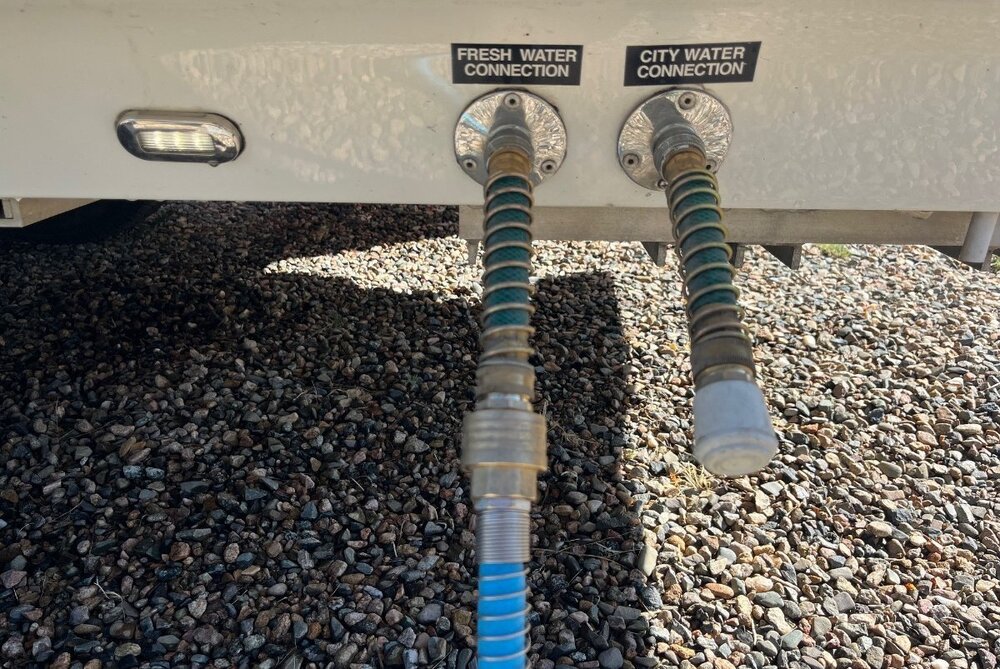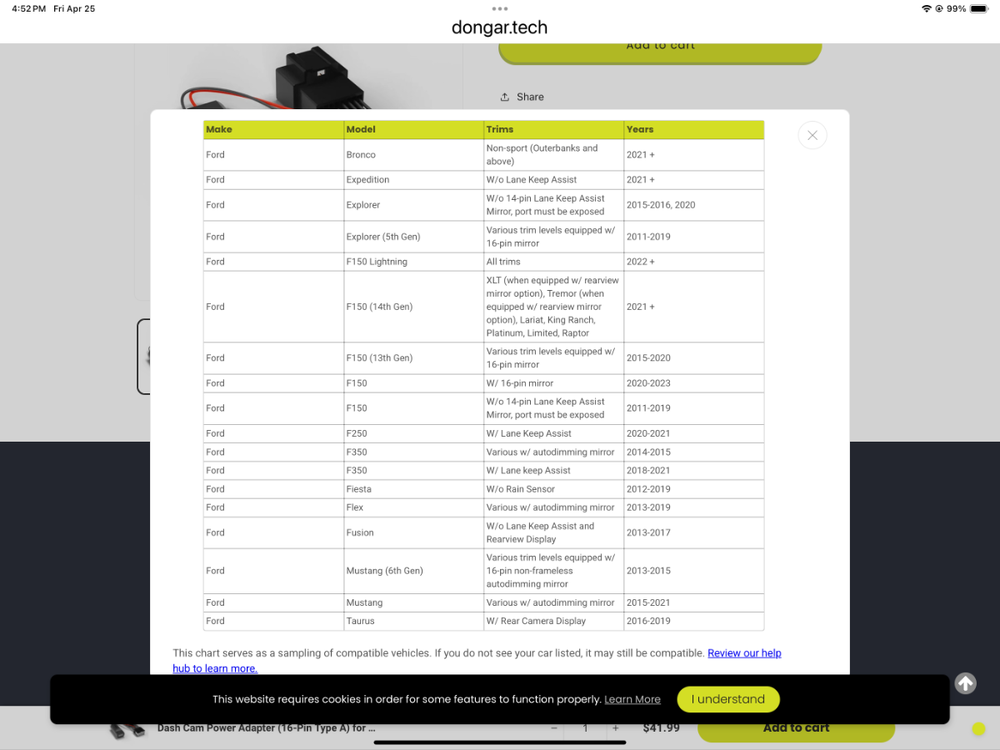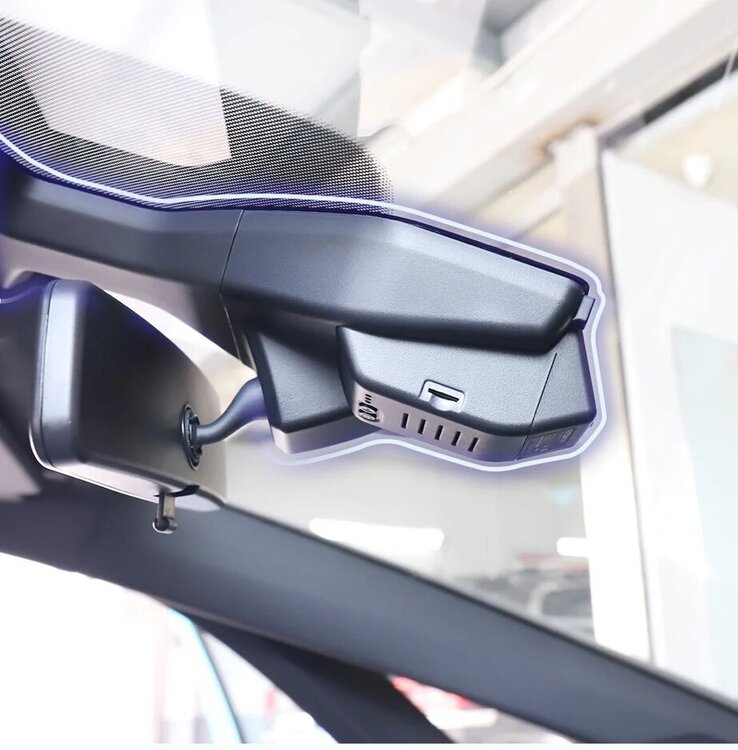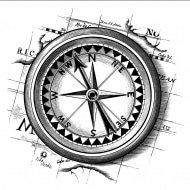All Activity
- Today
-
I can still bend over and screw the quick connect on. No kneeling🤣. I must say, it can be a pain. However, I prefer to do as I do rather than having something sticking out there that is a target of road debris. To risky for me.
-
On your knees to connect a hose! 🤣 Sorry, not on my knees. I'm only getting on my knees for necessary repairs under truck or trailer. These make it easier and thanks to @Patriot the Eley connections can be put on and taken off one-handed (off pressure released).
- Yesterday
-
Each year Garmin provides a "year in review" which shows the kinds of activities, places, reasons for users asking for help, etc. for users of the Garmin InReach satellite rescue device. There a number of these types of devices on the market, but this report by Garmin highlights some of the reasons for using any of these. The Garmin report can be viewed HERE. Bill
-
- 2
-

-

-
We have the ROVE Dashcam, front and back. I can connect to my phone Wi-Fi and there are very clear front and rear pictures. Extra safety, including preventing scams.
-
Geronimo John started following Rear Electric Stabilizer Jack adjustment - help?
-
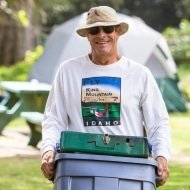
Rear Electric Stabilizer Jack adjustment - help?
Geronimo John replied to tallmandan's topic in Mechanical & Technical Tips
That is strange. Time to submit a ticket on this one. GJ -

Rear Electric Stabilizer Jack adjustment - help?
tallmandan replied to tallmandan's topic in Mechanical & Technical Tips
Thanks for your suggestions. As @jd1923 suggested, I checked the mounting bolts under the trailer and they looked tight visualy with lock-washers fully compressed. I put a wrench on them anyway and was able to tighten both bolts (on both sides) by about a quarter turn. This did not seem to change anything. Before pulling anyting apart, I started to measure differences between my curbside (too high) and my streetside (just fine) stabilizer jacks. I've attached the photos and I'm stumped. The curbside jack seems to be somehow mounted about an inch higher than the streetside jack. The inside photos are measuring to the mounting bracket. The outside photo shows that the cylinder for the shaft is an inch lower on one side. Is there some adjustment that I am not seeing? I believe that the curbside stabilizer jack was always touching the fiberglass lid but I never thought much of it. It seems to be doing damage to the lid now. Both jacks operate just fine as always. I am going to open a ticket with Oliver, but does anybody have a suggestion.....? -
I too have been using a dashcam for a number of years now - so many years that (as far as I know) they didn't produce a camera that used anything but the cig lighter for power unless you wired it to a hot and negative yourself. However, there are a couple of things to be on the lookout for. I got both the dash and rearview cameras and with this there is almost a 360 degree of the vehicle. Make sure that you get a fairly big memory card for your dashcam. Having a "parking mode" (this is when you are parked the camera still records) is very helpful for things like someone trying to break into the vehicle when you are not there or if you are hit in a parking lot. GPS integrated into the dashcam can be a blessing and/or a curse - it will show speed and location. Certainly this is helpful IF you are doing the speed limit at the time a problem is recorded. My camera does not have an interior view but I've read that this view can be helpful in the event you are the victim and have to go to court. Good luck choosing in that there are a ton of these cameras on the market. Bill p.s. mine is branded as Apeman for what its worth.
-
I'm currently listening to "Hell or High Water" by Peter Heller -- about the first-ever successful traversing of the Tsanpo Gorge in Tibet. It's a detailed account by Heller, himself a adventurist and expedition paddler. "In the winter of 2002 he joined, on the ground team, the most ambitious whitewater expedition in history as it made its way through the treacherous Tsangpo Gorge in Eastern Tibet. He chronicled what has been called The Last Great Adventure Prize for Outside [magazine], and in his book Hell or High Water: Surviving Tibet’s Tsangpo River."
-
Boilermaker Chemist started following Fast question about meals at the April Rally
-

Fast question about meals at the April Rally
Boilermaker Chemist replied to Teaney Hull 292's topic in Events & Rallies
If you are looking for a restaurant, we had a nice dinner at Rock House Eatery in Guntersville last year. It's about 10 mi from the campground. -
I have been running this D/C since 2022 and am really pleased how it works and how small and compact the camera is. Clear crisp photos or video. https://www.amazon.com/Garmin-140-degree-Monitor-Connected-Features/dp/B0931YZ82P/ref=sr Memory card -https://www.amazon.com/SanDisk-Extreme-microSDXC-Memory-Adapter/dp/B09X7CRKRZ/ref=sr I also recommend this polarized lens cover- https://www.amazon.com/Garmin-Polarized-Lens-Cover-010-12530-18/dp/B07LDCK7ZR/ref=sr_ Here is the Ford specific plug and play dongar.tech short connector which plugs into my review mirror and powers the camera. Install is a breeze. You can barely see the Garmin Mini 2 while in the cabin as it mounts up hidden discreetly forward of the review mirror. Note: you must have the auto dimming rear view mirror with the 16 pin connector for this plug’n play to work. 💯 happy with this dash cam set up and would buy again. You may want to call Dongar tech to determine which connector will work for your Expedition trim level. https://dongar.tech/products/16pin-ford-f150?srsltid=AfmBOookPpMlEZvtWy9Hi5SQfoIIYMJNOU0HJqtJewLLbWFu9zZgQjjS
-
I have the FITCAMX, it’s nicely integrated into my Silverado’s rear view mirror housing, and plug and play installation with the power wire hidden and connected to the rear view mirror wiring, and hidden inside the mirror housing.
-
John and Debbie started following Dash cams
-
Hi all, we leave in about a month for a month long tour in Colorado, Utah, and Wyoming. Does anyone here use a dash cam and if so, which one do you use? Ideally I want one that doesn't need to be plugged into a cigarette lighter as I use that plug for the Oliver back up camera that is on while driving. Looking forward to getting out and seeing more of the country. First stop is Grand Junction, Colorado for the five leaf springs.
-

Awning wire sheathing deteriorating from sun exposure
jd1923 replied to johnwen's topic in General Discussion
I Good first step and of course don't touch it until you get their answer. If they will not warranty it, I would tape where it's cracked and then add an UV protective loom around it. Do this even if they do replace the wire harness, so the new one won't look the same in another 5 years. -
Your knees will thank you! My foam kneeling pad lives in the Oliver’s basement. 👍🏻
-

Awning wire sheathing deteriorating from sun exposure
johnwen replied to johnwen's topic in General Discussion
No I haven't Bill. Good idea :) John -
New burner installed yesterday 4/24/25 by David of Speedy RV in Benson AZ. Thanks for all the input!
-
Those are great. That is what I use. Saves the knees!
-
What are you listening to? Books
Dennis and Melissa replied to ShallowGal's topic in General Discussion
I watched Foundation on TV when I was housebound. Liked it. I also like the movie I Robot. So I decided to read all the fiction Asimov wrote 😀 I highly recommend reading it “in order” https://more.bibliocommons.com/v2/list/display/1584219139/1735833849 PS Mundum Visum has free audiobooks on you tube (not bad) Spoiler alert: The books are only thematically similar to the films. -

Awning wire sheathing deteriorating from sun exposure
topgun2 replied to johnwen's topic in General Discussion
Have you tried contacting the awning company about this? Good luck! Bill p.s. a spray of Aerospace 303 Protectant every now and then might help slow down this problem too. -
A couple of members (like Patriot) have used a small foam kneeling pad like THIS. Bill
-
rich.dev started following Awning wire sheathing deteriorating from sun exposure
-
Glad to hear you had your AquaGo fixed per the recall. I expect the Oliver is doing all they can given the lack of parts availability from Truma. Yes, this is very frustrating for me not knowing when the parts will be available for our repairs. It would also be helpful to have a little more guidance from Oliver as to the risks involved with using a recalled AquaGo.
-
Propane in air burns at 3596°F. I don't know how hot that makes the burner tubes get but I believe a tig spot weld would be the best bet. With the right filler metal for example, silicon bronze (melts around 1500-1600°F.), you might be able to braze the ends to the frame.
-
thanks great idea
-
Thanks Dave and dewdev! I will give both methods a try.
-
I know this topic has been frustrating for many people, especially those who believe everyone should have followed a specific order. However, I also understand that many are waiting for updates and want reassurance that their concerns are being addressed. So here is my story. A few months ago, I filed my paperwork. Last week, I learned that Oliver had shipped my replacement parts to the dealer I selected, Bretz RV in Liberty Lake, WA. They provided me with a tracking code, so I called the dealer. They informed me that they could schedule my service for the day the parts were set to arrive, which was on Tuesday. I dropped off my trailer and spoke with the dealer. He mentioned that Oliver had just called him to verify the recall, parts delivery, and the work needed for my trailer. Three days later, on Thursday, I picked up the trailer. The service was delayed by a day due to confusion over whether the work was warranty-related or a recall. They initially thought it was warranty work and were waiting for an approval call from Oliver. Once they clarified that it was indeed a recall, they finished the job and got the trailer back to me. Ideally, none of this would have happened, or at least, the wait would not have been so long. However, once Oliver shipped the parts, my experience with Oliver and the dealer network I used was quite pleasant. I hope more of you out there start to get this notice and have a seamless repair experience.

